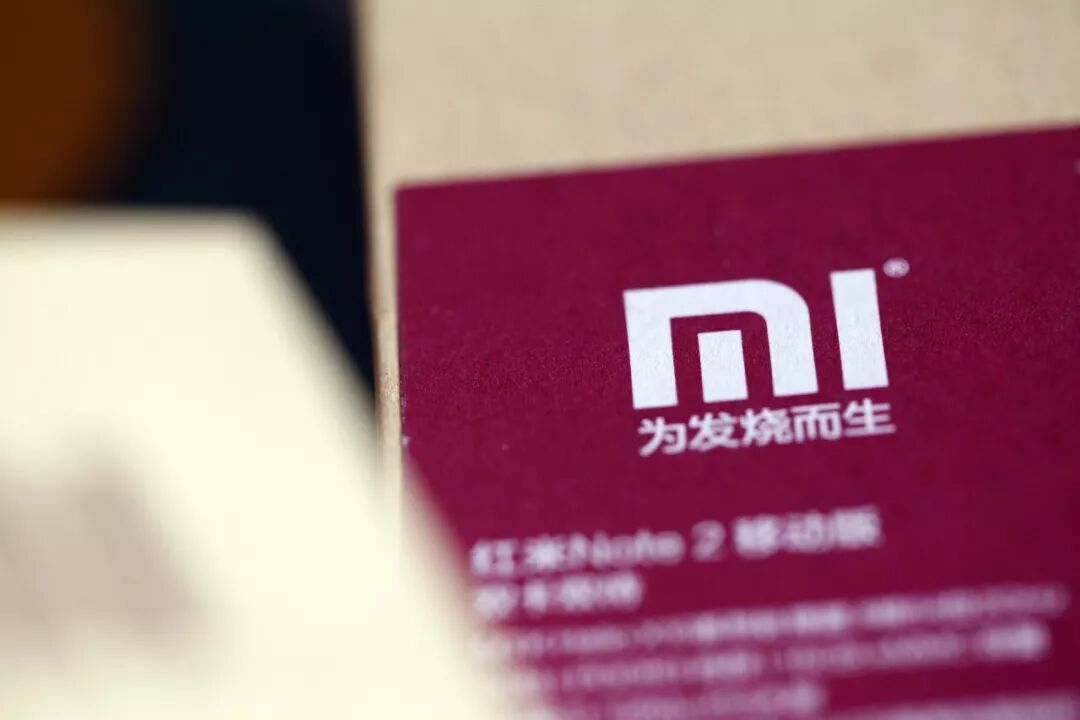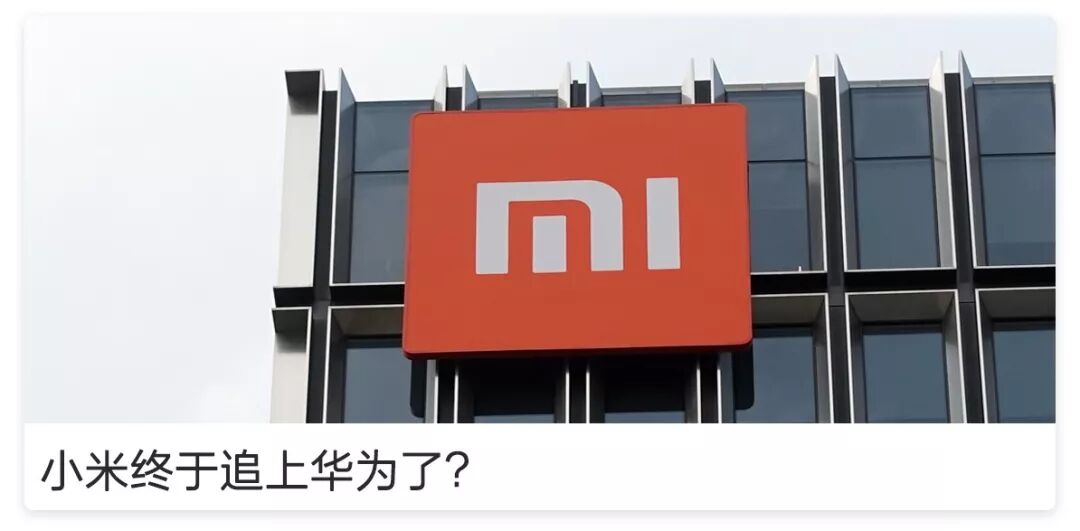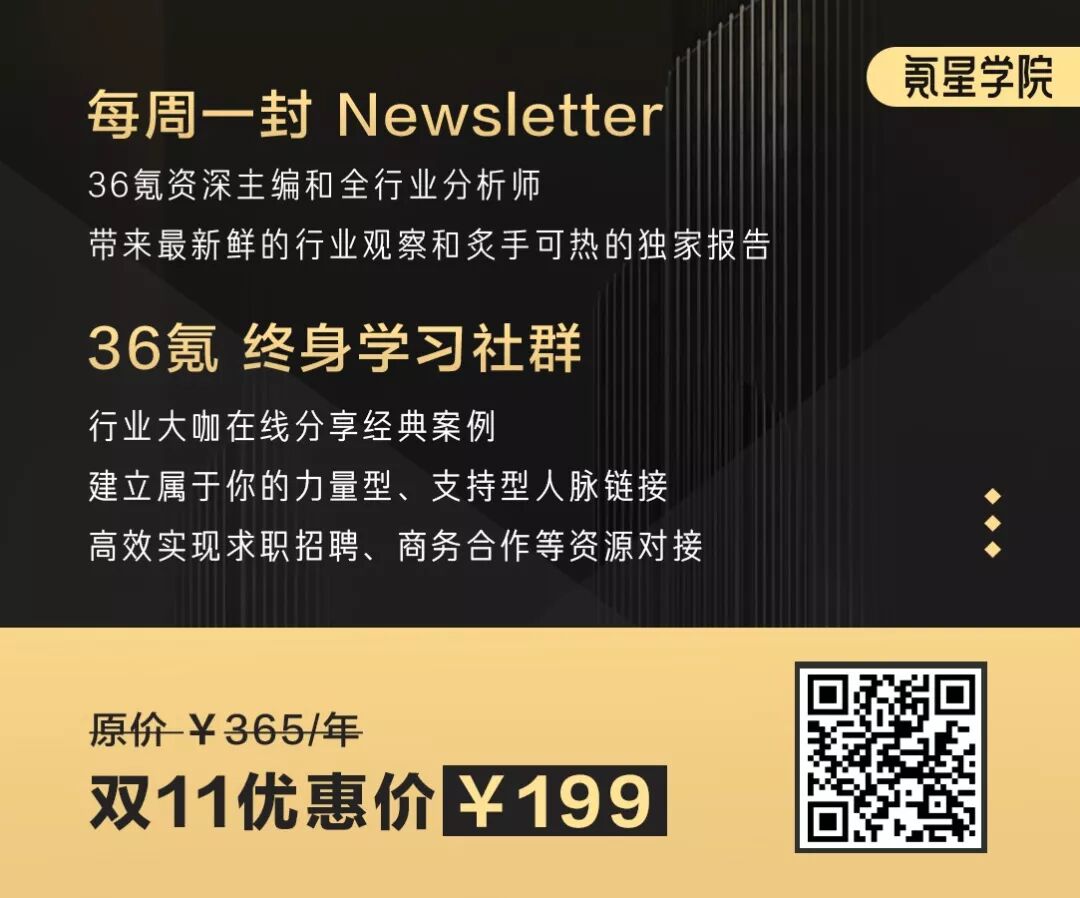
Not making a profit has become one of the focal points of conflict between the ecosystem chain and Xiaomi.

Written by | Yuan Silai Image Source | Visual China
The smart watch market, opened up by the Apple Watch, has grown to a point where Xiaomi felt compelled to act. However, this time Lei Jun did not leave the opportunity to the ecosystem chain but personally jumped in to pursue it.
On November 5, at Xiaomi’s new product launch event, Xiaomi officially released its first smartwatch. At the event, the general manager of the ecosystem chain, Qu Heng, stated that “99% of smartwatches are just oversized fitness bands,” cleverly paying homage to the fact that “besides the Apple Watch, there are no truly smart watches,” while naturally categorizing the Xiaomi watch, positioned as a smartwatch in the form of a smartphone, into that 1% of “truly smart watches.”
Xiaomi has always understood that watches are far more valuable than fitness bands. This is not only due to the price difference between the Xiaomi band at 169 yuan and the Xiaomi watch at a maximum of 1999 yuan. Just from the application scenarios, the potential of watches far exceeds that of bands, which is a story worth telling.
However, the launch event a few days ago may have left some disappointment for Huami, a star company in Xiaomi’s ecosystem chain.
Huami is the manufacturer of the Xiaomi band, and from 2015 to 2018, the revenue contribution from the Xiaomi band to Huami was 97.1%, 92.1%, 82.4%, and 59.7% respectively. This interesting decline in contribution is mainly due to Huami’s own brand, Amazfit smartwatches.

The Xiaomi watch launch, image from official sources
Despite Huami’s founder Huang Wang previously emphasizing “continuing to cooperate with Xiaomi to develop future Xiaomi band products,” as a publicly traded company, Huami’s actions to “reduce Xiaomi dependency” have not ceased.
Shareholders have become competitors, a reality Huang Wang cannot ignore, and a change that Xiaomi’s ecosystem chain will inevitably face.

Low Margins, Lack of Blockbusters: The Ecosystem Chain is Restless
The Xiaomi ecosystem chain was once a miracle.
When Lei Jun approached Huang Wang to create the Xiaomi band, Lei Jun said they could sell 1 million units, which made Huang Wang nervous: The band was niche, and just defeating counterfeits would be good enough.
Four years later, the Xiaomi band sold over 40 million units, surpassing Fitbit to become the global leader. Five years later, Huami went public on the New York Stock Exchange, and Huang Wang rang the bell that entrepreneurs dream of.
Xie Guanhong, the former head of the Foxconn business unit, established Jia Yi Lian Chuang at the end of 2013, with investments from Lei Jun and Shunwei Capital, as Xiaomi’s sole headphone supplier.
Two years later, according to reports from Caijing, in 2015, they captured half of the 40 million market for headphones in China, leading some Shenzhen headphone companies with revenues in the billions to face life-and-death decisions: Either fully embrace Xiaomi or break through in niche markets, or face a dead end.
Xiaomi and the ecosystem chain achieved a true win-win in a short time.
Xiaomi’s approach to building the ecosystem chain is through equity investment without control. However, while making financial investments, it also provides support in supply chain, product definition, and channels, allowing them to survive first, then grow rapidly, and ultimately achieve profitability through economies of scale.
This is also depicted in the widely circulated “Xiaomi Ecosystem Chain Battlefield Notes”: Planting bamboo shoots in Xiaomi’s bamboo forest, relying on the developed underground root system to obtain nutrients and water, achieving a “crazy growth” from young bamboo to mature bamboo.
The hallmark of this “crazy growth” was the emergence of blockbuster products from the Xiaomi ecosystem chain.
Mobile power banks, air purifiers, and fitness bands became topics of conversation for the masses, with Huami’s Xiaomi band selling 1 million units in just three months, and the air purifiers under Zhimi were once 90% sold through Xiaomi’s channels.
It was like a flowing feast, with peaks and troughs. However, the price to stay at the table is not cheap.
For ecosystem chain companies, Xiaomi not only has a strict set of standards but also requires them to align with its “values,” the core being “cost-effectiveness” and “fair pricing.” Huami Technology achieved a revenue of 1.556 billion yuan in 2016, with a net profit margin of only 1.5%. It wasn’t until 2017, when Amazfit sold 1 million units, that the net profit margin saw a significant increase, reaching 7.4%.
Xiaomi not only demands low margins but also takes a portion of the profits. For Zhimi, according to Xiaomi’s prospectus, the profits taken by Xiaomi in 2017 reached 1.931 billion yuan.
There are also issues of capital occupation; for example, in 2018, 66.51% of the accounts receivable of Stone Technology, which produces the Mi Robot Vacuum, were owed by Xiaomi Communications and Xiaomi Technology.
Not making a profit has also become one of the focal points of conflict between the ecosystem chain and Xiaomi.
The logic behind this is not complicated. The Xiaomi ecosystem chain initially entered mature consumer goods markets, even including categories like power strips. Most players here are small and medium-sized enterprises, with few big brands appearing, which is what Liu De refers to as the “ant market.”

Various ecosystem chain products at Xiaomi Home, image from Dongfang IC
These markets have low entry barriers, but Xiaomi’s attempt to replicate the strategy of eliminating counterfeit phones with its smartphones is even harder to execute. For a product priced at a few dozen yuan, no matter how cost-effective it is, there is not much room for maneuver. According to an industry insider who spoke to 36Kr, a certain ecosystem chain product he encountered, which was originally a small appliance priced under 100 yuan, would have to halve its profit margin to carry the Mi brand.
To survive, the only way for the ecosystem chain to maintain thin profits is to achieve high volume and become a blockbuster. The trouble is that early on, the mobile power bank from Zimi happened to be in high demand, and Zhimi’s air purifier coincided with the worst smog in Beijing. Without these favorable conditions, the path to blockbuster success for the ecosystem chain is still challenging.
Moreover, this bamboo forest is also a world of its own, often involving complex interactions and conflicts.
For example, in the category of robot vacuums, the first generation of Mi Robot was manufactured by Stone Technology, while the later laser navigation robot was produced by Yunmi, and subsequently, a robot claiming to use visual navigation was produced by Chasing Technology.
This is enough to confuse consumers and leave the “stones” feeling uneasy.
Stone Technology once aimed for the Sci-Tech Innovation Board, but since its main profits came from the sweeping and mopping robot, with no technological barriers, and an excessive reliance on Xiaomi for channels, it ultimately failed.
An unavoidable question looms over ecosystem chain companies: Even if your company’s revenue reaches tens of billions, if one day you lose Xiaomi or if Xiaomi’s business decreases, will all of this turn to nothing?
Survival relies on “Xiaomi-ization,” but to thrive, each company is starting to consider how to “reduce Xiaomi-ization.”
Therefore, in recent years, Yunmi, Zhimi, and Huami have all started to establish their own brands, intensifying competition among ecosystem chain enterprises in a relatively niche market. More importantly, Xiaomi itself will also join the fray.
Because the ecosystem chain’s independence will somewhat limit Xiaomi’s future imagination. An IoT industry insider analyzed for 36Kr, “For example, Stone and Huami have basically locked down the high-end vacuum and wearable expansion space, leaving Xiaomi to survive only in the mid-to-low end, while the independent ecosystem chain has taken higher industry profits. To maintain competitive pricing, Xiaomi will seek lower-priced ecosystem chains to produce products, which may lead to a decline in professional capabilities and quality.”
In business terms, although this bamboo forest is vast, its roots are increasingly self-contained. If Xiaomi itself needs more sunlight and nutrients, and if the land is no longer fertile, it is only natural for Xiaomi to directly enter the competition.

Where is the Ecosystem Chain Headed?
It seems that many small and medium-sized companies are still continuously joining Xiaomi’s ecosystem chain system. After all, Xiaomi remains the fourth largest smartphone manufacturer in China, holding billions of hardware entry points and possessing sufficient brand power.
However, Xiaomi currently only has smartphones with enough pull, making it difficult for the ecosystem chain to completely detach from smartphones and become independent. Liu De once said, “The ecosystem chain is the dividend of Xiaomi smartphones; when smartphones rise, we rise.”
But the foundation of Xiaomi smartphones is beginning to shake. Xiaomi’s domestic shipments have been declining in double digits since this year, and according to the latest Canalys data, Xiaomi’s shipments have dropped by 33% year-on-year. Although Xiaomi’s ecosystem chain products are also sold overseas, the main battlefield remains domestic. Moreover, from a global perspective, Xiaomi’s smartphone shipments have also seen a 3% decline.
Clearly, if Xiaomi’s smartphone shipments continue to decline, despite the fact that according to Xiaomi’s semi-annual report, over 50% of monthly active users of the Mi Home app are non-Xiaomi smartphone users, the Xiaomi ecosystem chain will undoubtedly face increasingly significant impacts.
Based on this, Xiaomi now needs the IoT narrative more than ever to support its valuation, which means that many categories previously handed over to ecosystem chain companies will now be handled directly by Xiaomi, ensuring that every penny is earned by itself.
In addition to the Xiaomi watch, on the 5th, Xiaomi also launched its first Xiaomi-branded air conditioner, “Super Energy Saving,” which is another symbolic move. Previously, the internet air conditioner under the Mi brand was produced by Zhimi, but this time Xiaomi bypassed the ecosystem chain companies and directly engaged with the air conditioner supply chain.
It is undeniable that the best days of the Xiaomi ecosystem chain are behind it; the vision depicted in the “Xiaomi Ecosystem Chain Battlefield Notes” remains far from reality.
Shortly after Xiaomi went public last year, the creator of the ecosystem chain, Liu De, was reassigned as the head of the organization department, and smart hardware such as TVs, laptops, and routers in the ecosystem chain were split off, with general managers reporting directly to Lei Jun. By May of this year, Xiaomi established a major appliance division, personally overseen by Wang Chuan.
Undoubtedly, these newly split departments will become the focus of Xiaomi’s future. Air conditioners and watches may just be the beginning; in the future, major electronic consumer products and major appliance categories may all be incorporated under Xiaomi’s own brand, leaving little opportunity for the ecosystem chain.
However, the value of the ecosystem chain still exists; companies that have grown up and left or become independent will not shake the fundamental link. For companies not obsessed with “crazy growth,” there are still opportunities for growth in Xiaomi’s bamboo forest, as brand endorsement, large channels and platforms, supply chain advantages, and operational experience are all essential nutrients for startups.
According to Xiaomi’s latest financial report, Xiaomi Youpin’s GMV grew by 113.9% year-on-year, with over 65% of GMV coming from non-Xiaomi smartphone users in June. In this light, Xiaomi’s platform still has a clear advantage in attracting capital, and with the large-scale application of 5G and the gradual implementation of IoT, the ecosystem chain story still has more to tell. However, with Huawei, OV, and even Tmall entering the fray, the competition on this platform may become turbulent again.




